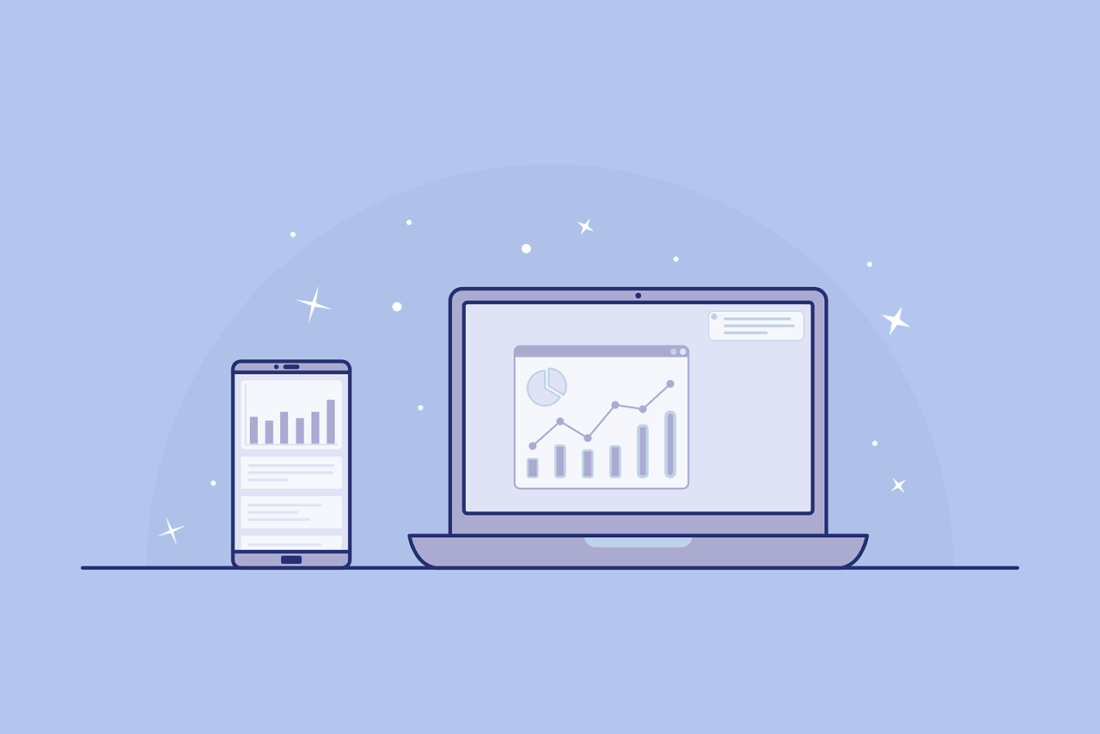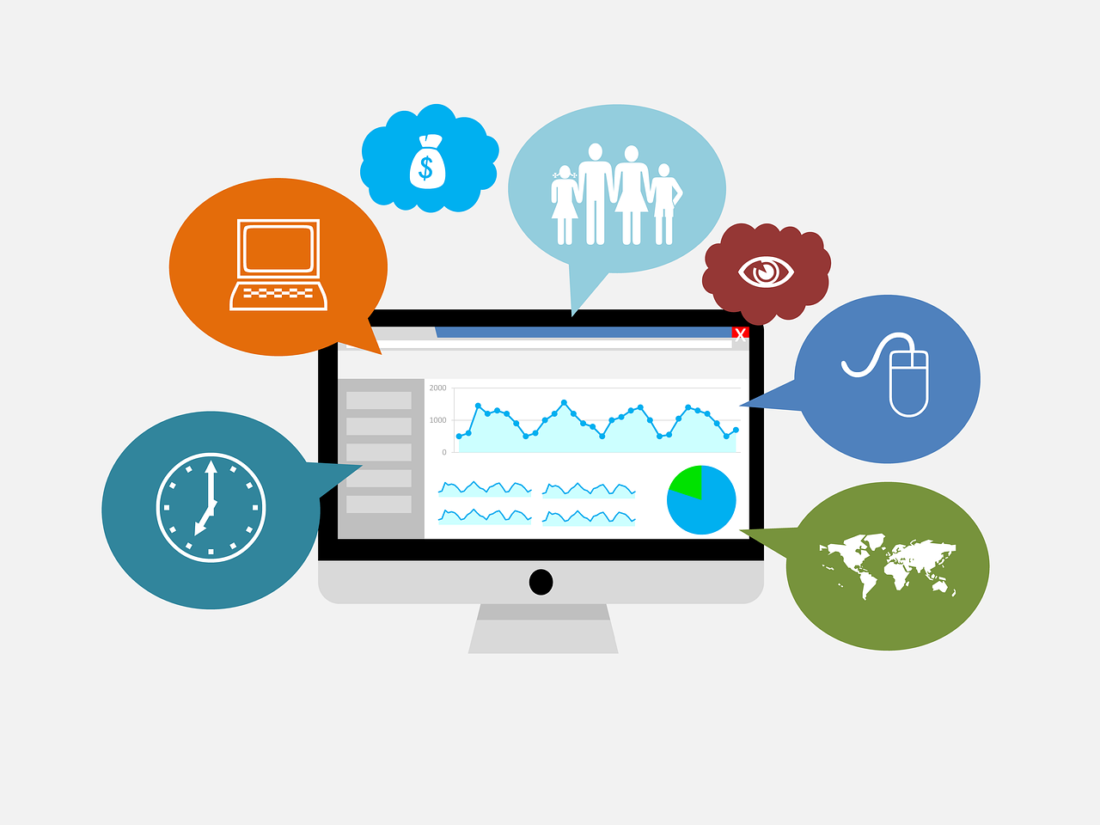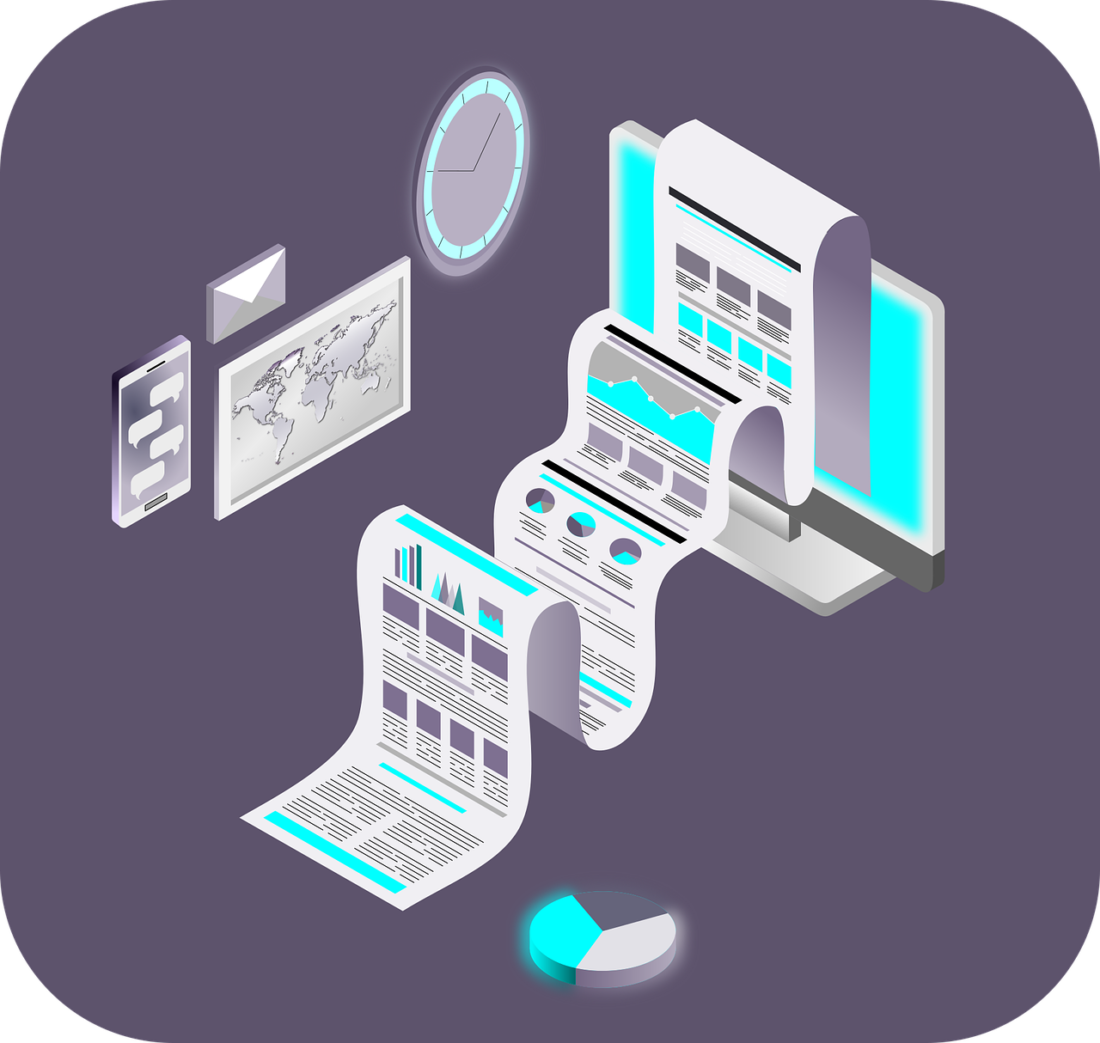
How Predictive Analytics will Revolutionize Business
Written by Marc Alringer
Updated August 2019
What if you could predict the outcomes of your initiatives before you even begin a business endeavor? With predictive analytics, your company can analyze past data to predict future events and make more informed decisions that increase the likelihood of success. Predictive analytics refers to the use of data, statistical algorithms, and machine learning techniques to forecast future outcomes.
It is quickly becoming a key part of the global business landscape. Thanks to the rapidly increasing volume of structured and unstructured data available to companies around the world, businesses can use predictive analytics to gain valuable insights they are unlikely to obtain elsewhere. Companies can use these insights to make accurate, data-driven predictions and gain a competitive advantage.
The value of prediction to solve problems and the need for competitive differentiation accelerates the demand for predictive analytics. The sooner a business integrates predictive modeling and other predictive analytics technologies into their everyday operations, the sooner these businesses can anticipate emerging needs and adapt.

How To Use Predictive Analytics
The workflow for a predictive analytics application typically follows these steps:
- Choose a predictive case and import your data: Pick a case that your company considers a problem, such as your suppliers not delivering raw materials on time, then import relevant data for analysis.
- Clean your data: The data you collect might not be readily available or it has quality issues. Identify and remove irrelevant points from your data. You’ll want to make sure that at least 80% of your data is clean.
- Use statistics, curve fitting tools, and/or machine learning to develop an accurate predictive model: Evaluate and validate your predictive model with alternative data sets. This will help you figure out the weaknesses in the model so you can ensure that you develop an accurate predictive model that works in different cases.
- Integrate predictive analytics into your operations: Once you determine the model that accurately predicts the load, you can integrate it into existing workflows and processes.
- Update regularly: Follow up on it to make new changes. Start by making small updates every 2-3 months and only make significant changes every 6-9 months.

Common Predictive Analytics Applications
There are many cases where predictive analytics is useful. Here are some of the most common predictive analytics applications:
- Churn prevention: This allows businesses to predict which customers might terminate their business relationship. Using this information, companies can develop models that enable proactive intervention to help keep customers engaged.
- Fraud detection: Various predictive analytics methods empower law enforcement agencies to identify and prevent criminal activities. Additionally, behavioral analytics tools enable companies to detect cyber fraud, zero-day vulnerabilities, and advanced persistent threats.
- Marketing and Sales: Businesses can predict customer behavior and identify cross-selling opportunities. Predictive models can empower companies to determine the best ways to gain and retain profitable customers. Data mining can build systems that predict which operations are profitable and which are not.
- Operations: Predictive analytics allows businesses to create predictive models to forecast their inventories and manage their resources effectively.
- Risk management: Companies can use predictive analytics to mitigate risk and make more informed decisions. For example, the banking sector can use information about an individual’s credit score to decide whether an applicant is adequate to receive credit or a loan.

Predictive Analytics in Software Development
Predictive analytics is an important part of software development, too. Software development companies can use predictive analytics to predict whether a project will be completed within budget and on time. Software developers produce lots of data related to testing, running an actual build, and other everyday tasks; this data usually dictates the short- and long-term success of a project.
“Automated predictive analytics processes will help testers understand the impact of changes made in the development stage across the entire software development cycle, identify the amount of testing needed to produce a minimum viable product, and identify focus areas for testing based on feedback from the production team as well as the size and skills of the testing team.” -Robert L. Sheier, TechBeacon's Blog Article.
Generally, software developers collect data and detect patterns that are “hidden” in large structured and unstructured data sets. To develop effective algorithms, software developers use Big Data, which consists of data sets that follow the “three V’s” of velocity, variety, and volume. These data sets have large amounts of data (volume) that range from test results to log files (variety) and can be processed at a high speed (velocity).
Next, a data scientist performs extensive research to select the ideal algorithms. Each algorithm must be tailored to both the data being used and the issue at hand. Predictive analytics uses the following mathematical algorithms:
- Regression algorithms: investigates the relationship between a dependent and independent variable.
- Time series analysis: investigates the relationship between a series of data over a certain amount of time.
- Machine learning: investigates statistical models through computer systems and compares input data to a specific set of data.
Software development companies can also use predictive analytics to blend two approaches: shift-left and shift-right testing. Shift-left testing is done early in the development process to reduce software bugs and defects while shift-right testing is done after receiving feedback from the end users. Predictive analytics helps predict trends and behavior patterns to make it easier to identify what and when you should test.
Finally, after software developers have sufficient data and the correct algorithms, they can identify patterns and forecast future problems that a business or an end user might face.
Other industries that benefit from using predictive analytics include:
- Automotive: Predictive analytics can leverage vehicle sensor data to help identify vehicle maintenance issues before they occur. Studying driver behavior data can also be useful to develop more effective driver assistance technologies.
- Financial services: The financial market can use previous data and machine learning to predict future market trends and to develop new risk models that reduces risk and minimizes costs.
- Retail: Predictive analytics can be used to provide past customers with product recommendations or incentives and special discounts.
- Manufacturing: Past data is used to predict future machine breakdowns and problems. Analyzing data on past materials and demands can help optimize future material deliveries based on projected demands.

The Future of Predictive Analytics
From cross-platform mobile development to customer relationship management software, predictive analytics empowers businesses to predict the probabilities of certain outcomes. Businesses should expect this to continue to evolve, particularly with the advancement of machine learning technologies and the shift towards practical applications of prescriptive analytics.
The combination of predictive analytics and machine learning could help businesses discover new revenue streams, mitigate risk, and speed up the process of achieving their short and long-term goals. At Seamgen, our team of software developers and data scientists have experience with multivariate time series data and understand the ins and outs of predictive analytics, machine learning, AI, and other state-of-the-art technologies. Using our existing algorithms and API’s we can easily craft a custom AI solution to meet your business needs.To learn more about Seamgen and how your company could leverage predictive analytics for software and application development, please contact us today.








